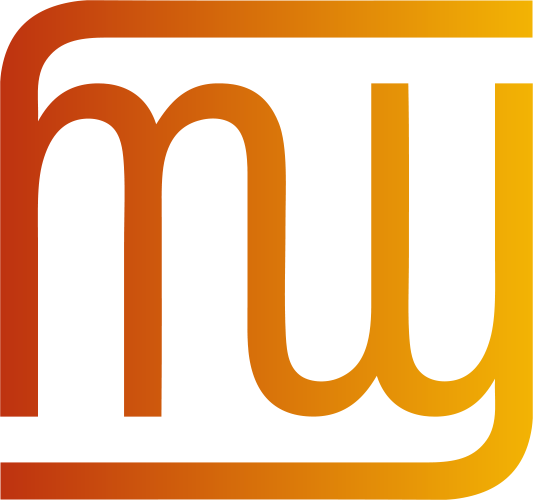 The W3C Internationalization (I18n) Activity works with W3C working groups and liaises with other organizations to ensure Web technologies work for everyone, regardless of their language, script, or culture.
The W3C Internationalization (I18n) Activity works with W3C working groups and liaises with other organizations to ensure Web technologies work for everyone, regardless of their language, script, or culture.
From this page you can find articles and other resources about Web internationalization, and information about the groups that make up the Activity.
Read also about opportunities to participate and fund work via the new Sponsorship Program.
What the W3C Internationalization Activity does
Selected quick links
Selected quick links
Selected quick links
New translation: Проблеми с визуализацията на UTF-8 BOM
Thanks to Ivan Baldwin the FAQ-based article “Display problems caused by the UTF-8 BOM” has now been translated into Bulgarian.
New translation: Кодировка на символите
Thanks to Ivan Baldwin the article “Character encodings” has now been translated into Bulgarian. [search key: article-o-charset]
ITS support in the Okapi framework
The Okapi Framework Team has announced the first milestone of its Java-based products. The framework provides cross-platform
and open-source components and applications for localization tasks.
One of the components in this release is an XML filter based on an implementation of the W3C Internationalization Tag Set (ITS) Recommendation.
The filter allows access to the translatable content of an XML document, based on any external or internal global rules, as well as local rules. The ITS processor provided supports the following data categories: Translate, Localization Note, Element Within Text, Terminology, Directionality, and Language Information.
Rainbow, an Okapi application, uses the filter to extract and merge translatable content to and from XLIFF. Many other utilities provided in the framework take advantage of the ITS-based filter as well, for example to perform pseudo-translation.
You can download the Okapi components and get their source code.
New translation: 使用<select>鏈結到本地化內容
Thanks to Samuel Chong the FAQ-based article “Using <select> to Link to Localized Content” has now been translated into Traditional Chinese.
Updated article: Setting language preferences in a browser
This article was updated to add and remove browser information and correct some text. For a detailed list of changes read the full post.
Translators should consider retranslating the whole article.
In the list of command sequences, removed entries for Mozilla, Netscape Navigator, IE Mac, Galeon, and Lynx, since those are described in the location pointed to just below. Added entries for Firefox 3, Google Chrome and Konqueror.
Changed
Some of the server-side language selection mechanisms require an exact match to the Accept-Language header. If a document on the server is tagged as fr (French) then a request for a document matching fr-CH (French as spoken in Switzerland) will fail.
to
Some of the server-side language selection mechanisms will not match a long language tag in an Accept-Language header with a shorter tag associated with a document. If a document on the server is tagged as fr (French) then a request for a document matching fr-CH (French as spoken in Switzerland) will fail.
Changes in the W3C Internationalization Team
At the end of February, Felix Sasaki left the W3C to take up a post at the University of Applied Sciences at Potsdam in Germany.
We wish Felix success for the future, and thank him for his dedication and hard work in supporting the internationalization effort for the past four years.
New translation: CSS versus marcação para suporte bidirecional
Thanks to Gaston Diego Valente the FAQ-based article “CSS vs. markup for bidi support” has now been translated into Portuguese.
New translation: Hojas de estilo en cascada en contraposición al etiquetado para la compatibilidad bidireccional
Thanks to Gaston Diego Valente the FAQ-based article “CSS vs. markup for bidi support” has now been translated into Spanish.
New translation: Rozmiar tekstu w tłumaczeniu
Thanks to Kamil Wiśniewski the article “Text size in translation” has now been translated into Polish.
Updated tests and results: list-style-type set to armenian
These tests check whether and how a user agent displays list numbering when the value of the CSS list-style-type property is set to armenian, lower-armenian and upper-armenian.
A number of errors in the tests were corrected and the results page was rewritten to reflect the changes and results for latest versions of major browsers.